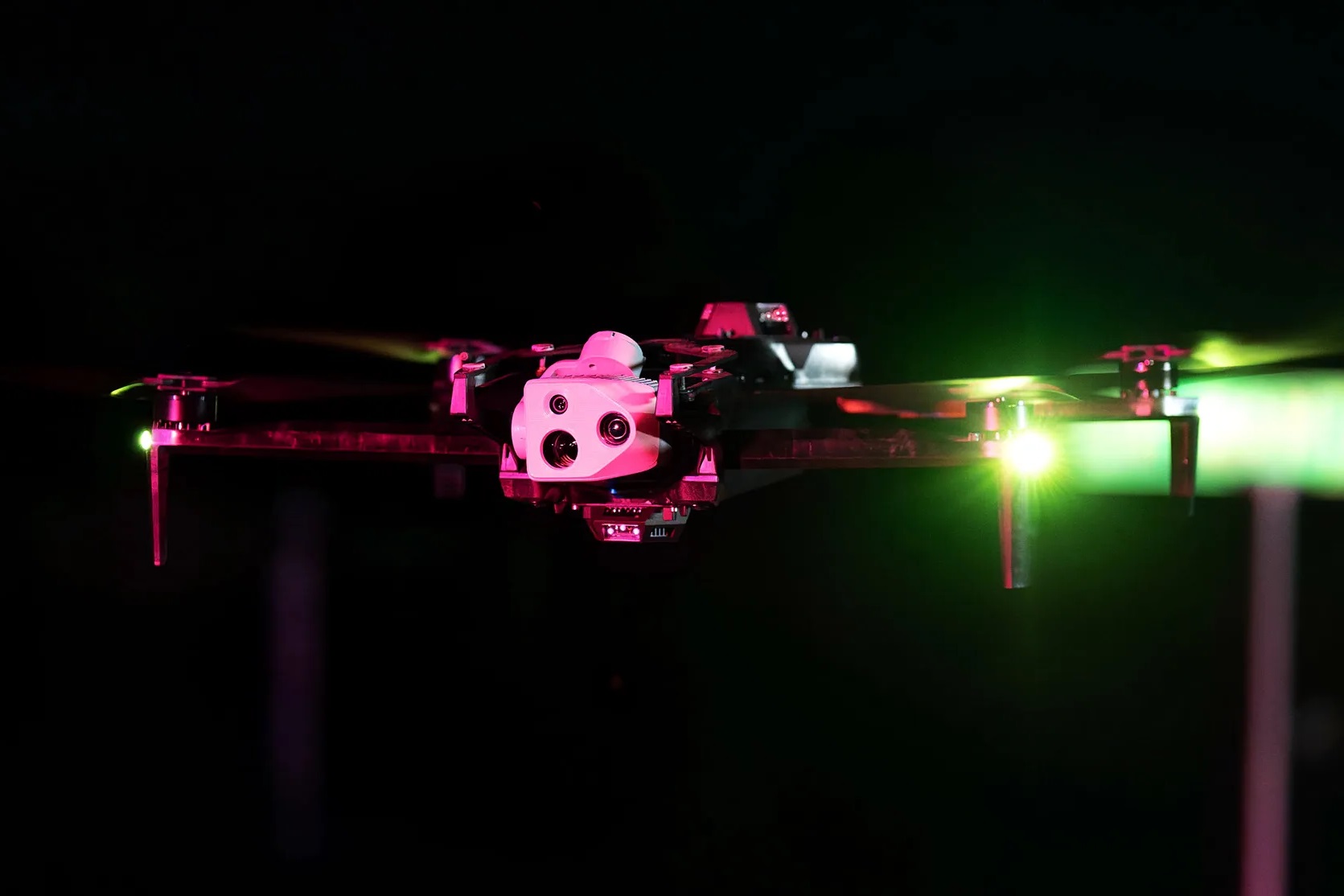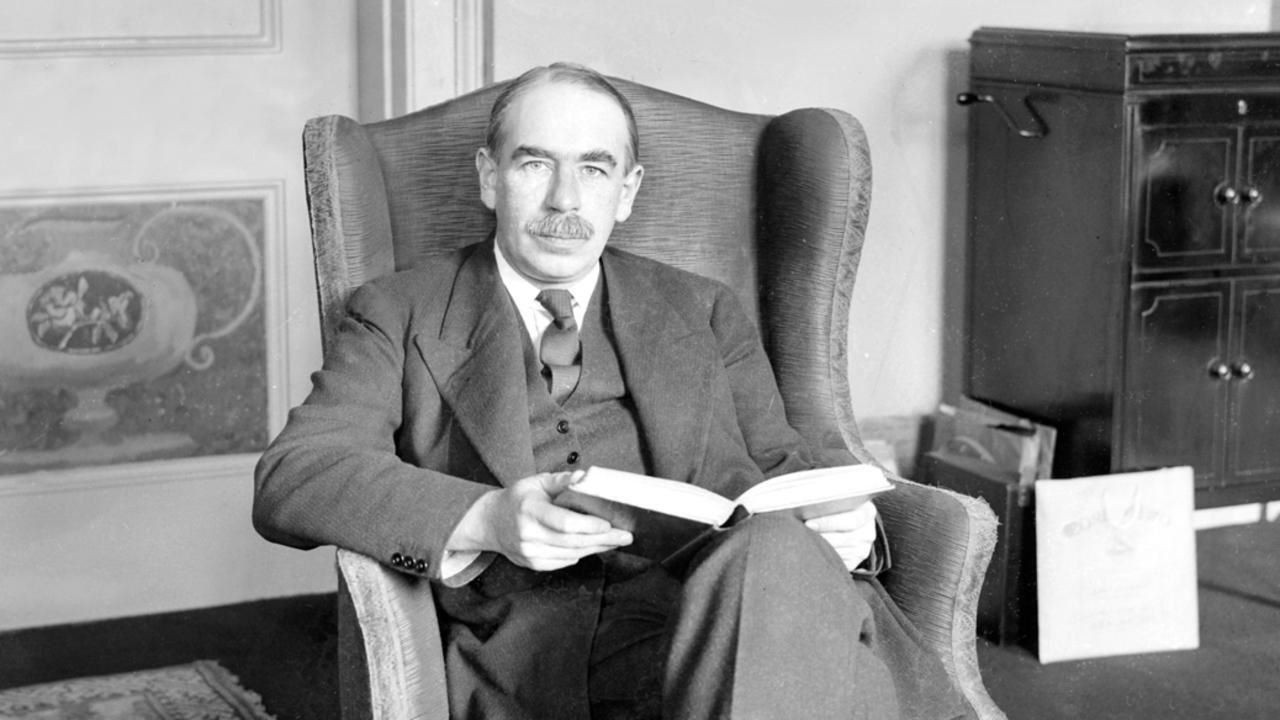
Ever wondered how police drones are transforming law enforcement as we know it? Police drones are not just flying cameras; they're game-changers in public safety and crime-fighting tactics. From high-speed chases to search and rescue missions, these high-flying helpers are making waves. But what's the real scoop behind these buzzing guardians of the sky? Are they just fancy gadgets, or do they hold the key to futuristic policing? Let's dive into the world of police drones and uncover some jaw-dropping facts that might just change how you view these aerial assets. Buckle up, because we're about to take off into a realm where technology meets tenacity, shedding light on how drones are redefining the thin blue line.
What Are Police Drones Used For?
Police drones, also known as Unmanned Aerial Vehicles (UAVs), have transformed law enforcement operations, offering a bird's-eye view that was previously only possible with expensive and less accessible helicopter surveillance. These high-tech tools are used for a variety of tasks including search and rescue missions, crowd monitoring, crime scene analysis, and surveillance operations. Their versatility and efficiency make them invaluable assets in modern policing.
- Search and Rescue: Drones equipped with thermal imaging can locate missing persons in challenging terrains, drastically reducing search times.
- Crowd Monitoring: During large public events, drones provide overhead views, helping in crowd management and identifying potential security threats.
- Crime Scene Analysis: High-resolution cameras on drones can capture detailed photographs of crime scenes from above, aiding in investigations without disturbing evidence.
How Do Police Drones Enhance Safety?
Safety is a paramount concern for law enforcement agencies. Drones contribute significantly to enhancing both officer and public safety in several ways.
- Reduced Risk: Sending drones into potentially dangerous situations first minimizes the risk to officers.
- Quick Response: Drones can be deployed rapidly, arriving at scenes faster than ground units in many cases, providing immediate information.
- Accurate Assessment: Real-time aerial footage helps in assessing situations accurately, allowing for informed decision-making during emergencies.
The Evolution of Police Drones
Over the years, police drones have evolved from simple aerial vehicles with basic cameras to sophisticated systems equipped with advanced surveillance technology.
- Enhanced Capabilities: Modern drones feature night vision, thermal imaging, and zoom capabilities, allowing for detailed observations in various conditions.
- Longer Flight Times: Technological advancements have led to drones with longer battery life, enabling extended operations without the need for frequent recharging.
- Improved Accessibility: As drones have become more user-friendly, officers can operate them with minimal training, making aerial surveillance more accessible to departments of all sizes.
Legal and Ethical Considerations
While police drones offer numerous benefits, their use also raises important legal and ethical questions regarding privacy and surveillance.
- Privacy Concerns: The potential for intrusive surveillance has prompted discussions about the need for regulations to protect citizens' privacy rights.
- Regulatory Frameworks: Many countries and states are developing laws to govern the use of drones by law enforcement, balancing public safety needs with privacy protections.
- Community Engagement: Some police departments engage with their communities to discuss drone use, aiming to build trust and transparency around their operations.
A Final Glance at Police Drones
We've journeyed through the skies with police drones, uncovering facts that highlight their transformative role in law enforcement. From enhancing search and rescue missions to providing aerial insights during critical incidents, these flying marvels are reshaping how safety and order are maintained. Their ability to reach where officers can't, capturing crucial data without risking lives, marks a significant leap in operational efficiency. Yet, as we embrace these advancements, the conversation around privacy and ethical use remains paramount. Balancing innovation with civil liberties will be key as we navigate this aerial frontier. Remember, as technology evolves, so does our approach to security and surveillance, making the future of policing as dynamic as the drones patrolling our skies.
Was this page helpful?
Our commitment to delivering trustworthy and engaging content is at the heart of what we do. Each fact on our site is contributed by real users like you, bringing a wealth of diverse insights and information. To ensure the highest standards of accuracy and reliability, our dedicated editors meticulously review each submission. This process guarantees that the facts we share are not only fascinating but also credible. Trust in our commitment to quality and authenticity as you explore and learn with us.


